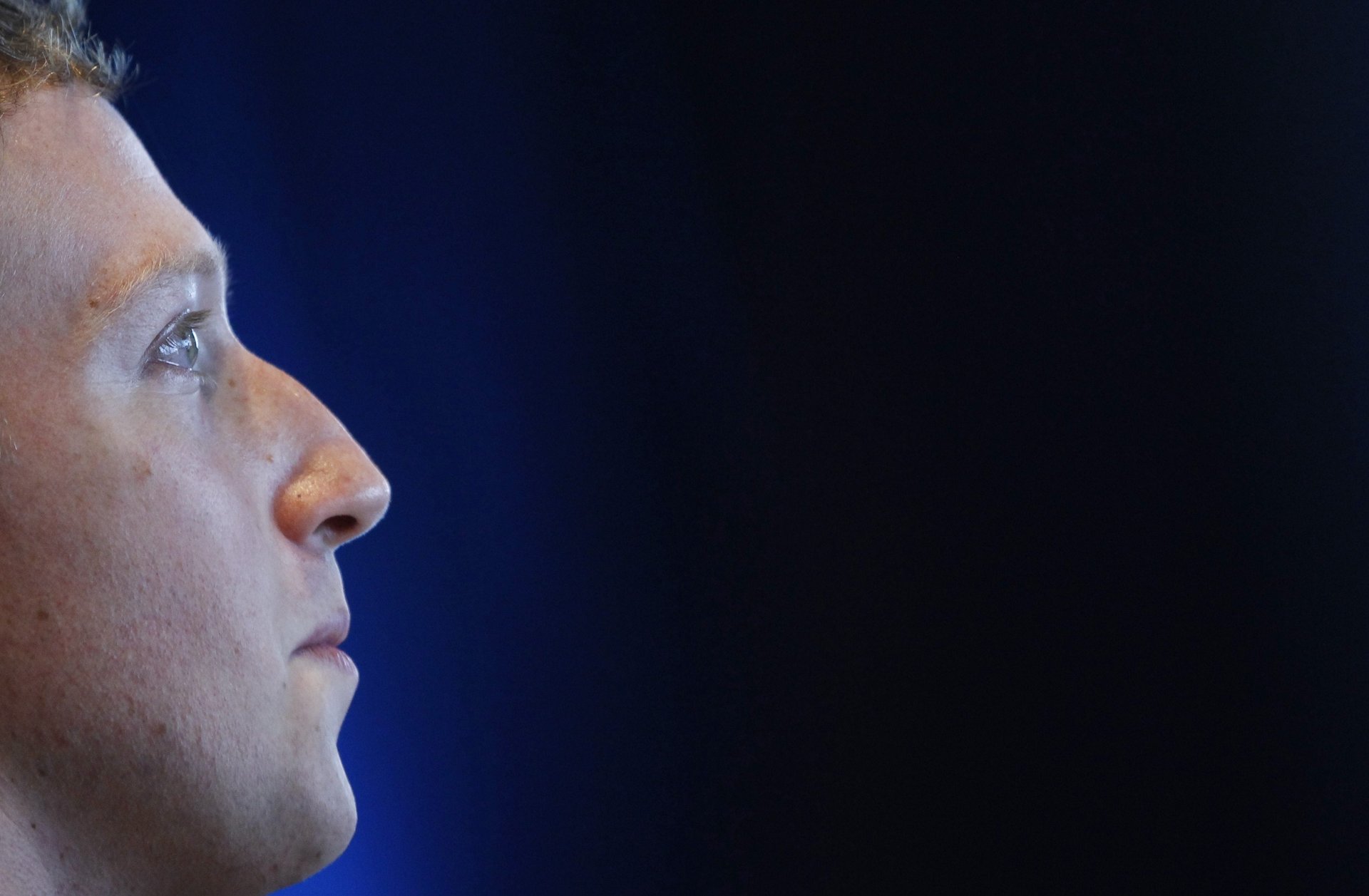Facebook’s move to meaningful is about getting you to click the ads
Last week, Facebook announced a big change to the newsfeed. Facebook will prioritize posts that spark conversations and meaningful interactions between friends, families, and groups as well as reduce the number of items in the newsfeed that come from media, brands and publishers. Investors took note of CEO Mark Zuckerberg’s warning that this change would reduce the time people spend on Facebook and the stock price promptly dropped 4.5%.


Last week, Facebook announced a big change to the newsfeed. Facebook will prioritize posts that spark conversations and meaningful interactions between friends, families, and groups as well as reduce the number of items in the newsfeed that come from media, brands and publishers. Investors took note of CEO Mark Zuckerberg’s warning that this change would reduce the time people spend on Facebook and the stock price promptly dropped 4.5%.
The core rationale for this change, as presented by both Mark Zuckerberg and Adam Mosseri, Facebook’s head of news feed, is that the explosion of media (both video and articles) on the platform has resulted in passive consumption of content, which is like mindlessly eating a pint of ice cream while watching TV; you are less likely to be fully tuned in and more likely to feel bad afterwards.
A passive user is also a passive consumer—and passive consumption is bad for Facebook.
Over the last two years, both price and volume growth have flattened out—from a peak of 335% price-per-ad growth in the fourth quarter of 2014—as Facebook responded to the shift to mobile that happened during 2014 and 2015.
Facebook’s goal in changing the news feed is to shift us from being passive to being actively engaged. This, in turn, will drive more interaction with ads, so making the ads more valuable.
Facebook gets a higher price-per-ad for ads that get interactions. The value of an ad is less in the impressions than in the downstream activities that Facebook can enable, such as a click to a website, an e-commerce transition, or an app install. According to Facebook CFO David Wehner, on the third-quarter 2017 earnings call, price is a much more important driver of Facebook’s ad revenue growth than ad impressions and price is driven by the effectiveness of the ad at driving interactions.
While Zuckerberg’s tone sounds like he’s doing right by us, he’s also doing right by Facebook.